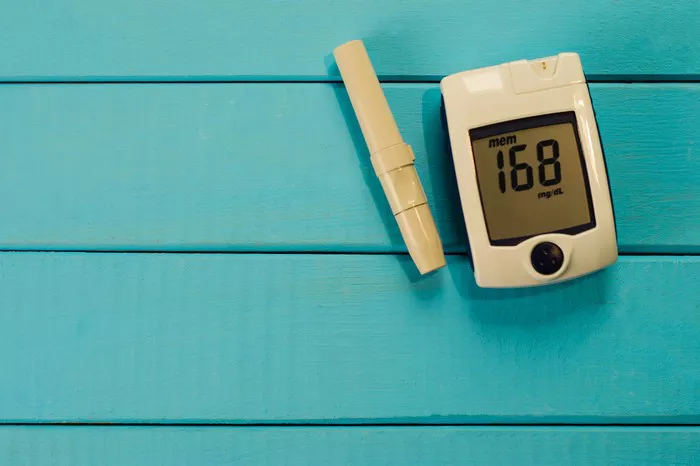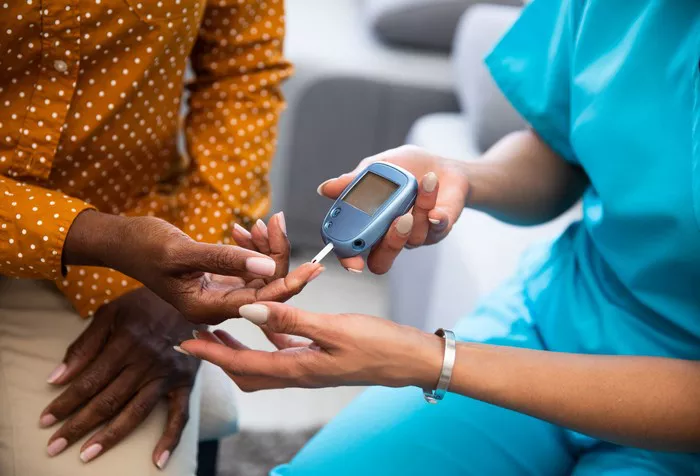In the realm of diabetes management and metabolic health, the Hemoglobin A1c (HbA1c) test serves as a pivotal tool for assessing long-term glycemic control and risk stratification. A measurement of 6.7% on the HbA1c test indicates the average blood glucose level over the preceding two to three months. This comprehensive article delves into the significance of an HbA1c level of 6.7%, elucidating its clinical implications, potential health risks, and strategies for optimizing glycemic control.
Understanding Hemoglobin A1c (HbA1c):
Hemoglobin A1c, often abbreviated as HbA1c or simply A1c, is a form of hemoglobin that becomes glycated or chemically bound to glucose molecules in the bloodstream. As red blood cells circulate throughout the body, they are exposed to glucose, and a small fraction of hemoglobin becomes glycated over time. The HbA1c test measures the percentage of glycated hemoglobin relative to total hemoglobin in the blood, providing an estimate of average blood glucose levels over the lifespan of red blood cells, which is approximately two to three months.
Interpreting an HbA1c Level of 6.7%:
An HbA1c level of 6.7% indicates that approximately 6.7% of hemoglobin molecules in the blood are glycated or bound to glucose. This percentage corresponds to an average blood glucose level over the preceding two to three months. While interpretations may vary slightly depending on healthcare providers and guidelines, the following insights can be gleaned from an HbA1c level of 6.7%:
- Glycemic Control: An HbA1c level of 6.7% suggests moderate glycemic control, with average blood glucose levels reflecting values that are higher than the recommended target range for individuals with diabetes. Target HbA1c levels may vary depending on individual factors such as age, comorbidities, and treatment goals, but generally fall within the range of 6.0% to 7.0% for most individuals with diabetes.
- Diabetes Diagnosis: An HbA1c level of 6.7% is indicative of diabetes mellitus when confirmed on two separate occasions. According to the American Diabetes Association (ADA) guidelines, an HbA1c level of 6.5% or higher is diagnostic of diabetes, provided that the test is performed using a validated method in a laboratory with National Glycohemoglobin Standardization Program (NGSP) certification or standardized to the Diabetes Control and Complications Trial (DCCT) assay.
- Risk Stratification: Individuals with an HbA1c level of 6.7% are at increased risk of diabetes-related complications, including microvascular complications (such as retinopathy, nephropathy, and neuropathy) and macrovascular complications (such as cardiovascular disease, stroke, and peripheral vascular disease). Tighter glycemic control may be warranted to reduce the risk of complications and improve long-term health outcomes.
- Treatment Considerations: For individuals with an HbA1c level of 6.7%, healthcare providers may recommend lifestyle modifications, including dietary changes, increased physical activity, and weight management, as well as pharmacological interventions such as oral antidiabetic medications or insulin therapy to achieve better glycemic control. Treatment goals should be individualized based on factors such as age, comorbidities, medication adherence, and risk of hypoglycemia.
Strategies for Optimizing Glycemic Control:
Achieving and maintaining optimal glycemic control is essential for reducing the risk of diabetes-related complications and improving overall health outcomes. Individuals with an HbA1c level of 6.7% can implement the following strategies to optimize glycemic control:
- Healthy Eating: Adopting a balanced diet rich in fruits, vegetables, whole grains, lean proteins, and healthy fats can help stabilize blood glucose levels and promote overall health. Carbohydrate counting, portion control, and mindful eating can assist individuals in managing their blood sugar levels effectively.
- Regular Physical Activity: Engaging in regular exercise, such as brisk walking, cycling, swimming, or aerobic activities, helps improve insulin sensitivity, lower blood glucose levels, and enhance cardiovascular health. Aim for at least 150 minutes of moderate-intensity aerobic activity per week, supplemented with muscle-strengthening exercises.
- Medication Adherence: Taking prescribed medications, including oral antidiabetic agents or insulin therapy, as directed by healthcare providers, is crucial for achieving and maintaining glycemic control. Adherence to medication regimens, proper dosing, and regular monitoring of blood glucose levels are essential components of diabetes management.
- Blood Glucose Monitoring: Regular monitoring of blood glucose levels using self-monitoring devices or continuous glucose monitoring (CGM) systems allows individuals to track their glycemic control, identify patterns and trends, and make informed decisions about lifestyle modifications and treatment adjustments.
- Stress Management: Practicing stress-reducing techniques such as mindfulness, deep breathing, yoga, meditation, or relaxation exercises can help alleviate psychological stress, which can impact blood glucose levels and overall well-being.
- Regular Healthcare Visits: Attending regular check-ups with healthcare providers for comprehensive diabetes care, including routine assessments of HbA1c levels, blood pressure, lipid profiles, kidney function, and foot health, helps monitor disease progression, identify complications early, and adjust treatment regimens as needed.
Conclusion:
In conclusion, an HbA1c level of 6.7% signifies moderate glycemic control and increased risk of diabetes-related complications. Understanding the implications of HbA1c levels and implementing strategies for optimizing glycemic control are essential for improving long-term health outcomes and reducing the risk of diabetes-related complications. By adopting healthy lifestyle habits, adhering to medication regimens, and collaborating with healthcare providers to individualize treatment plans, individuals with an HbA1c level of 6.7% can take proactive steps toward better diabetes management and overall well-being.



























